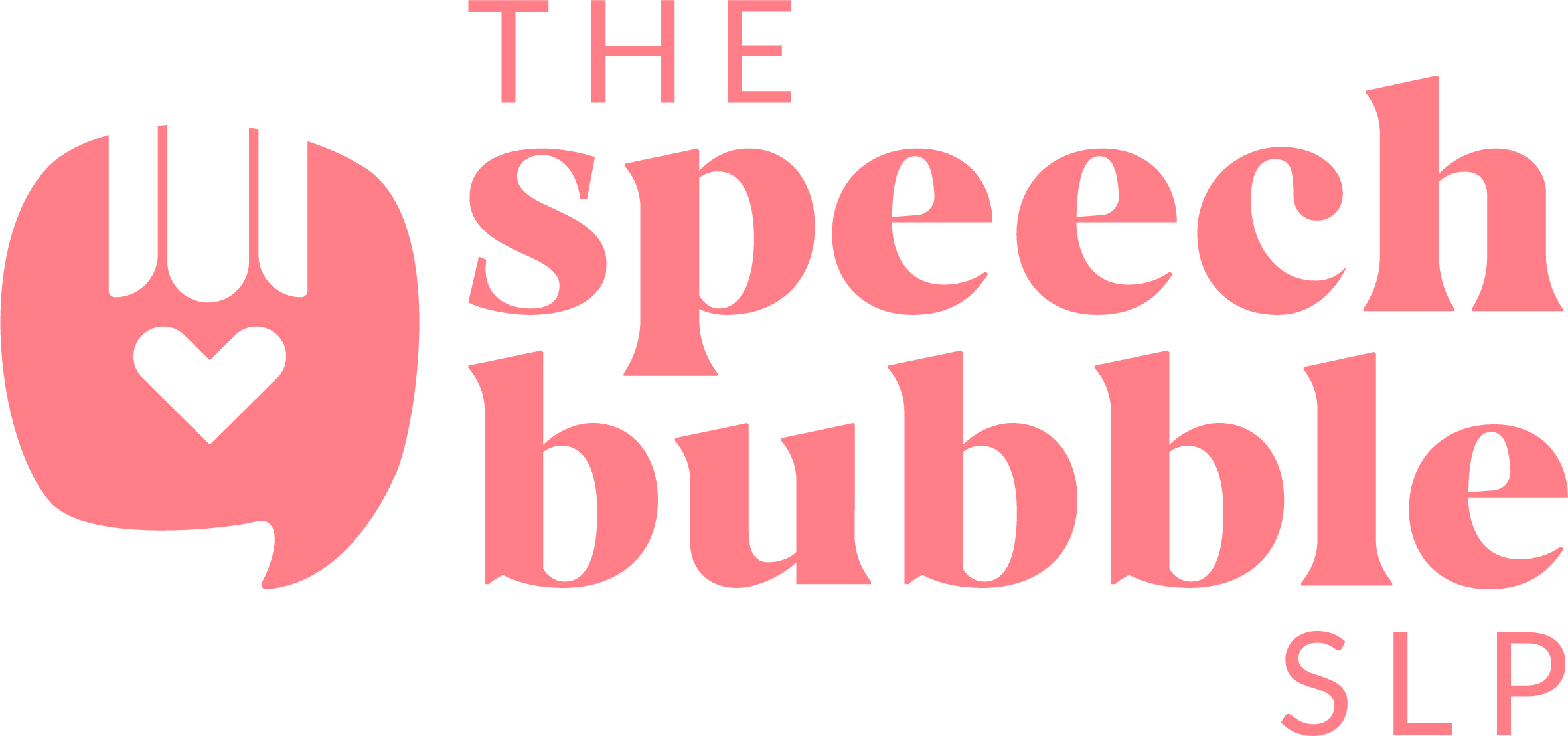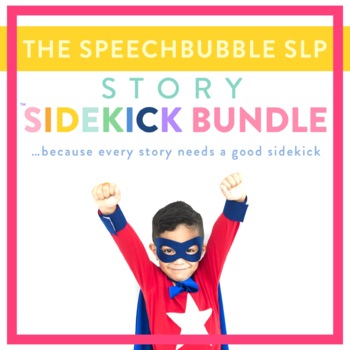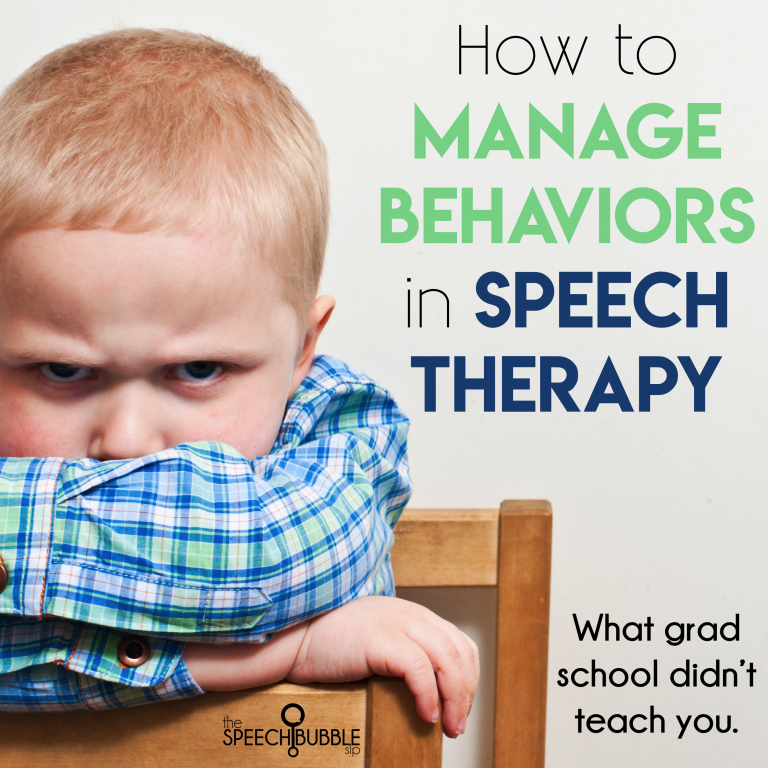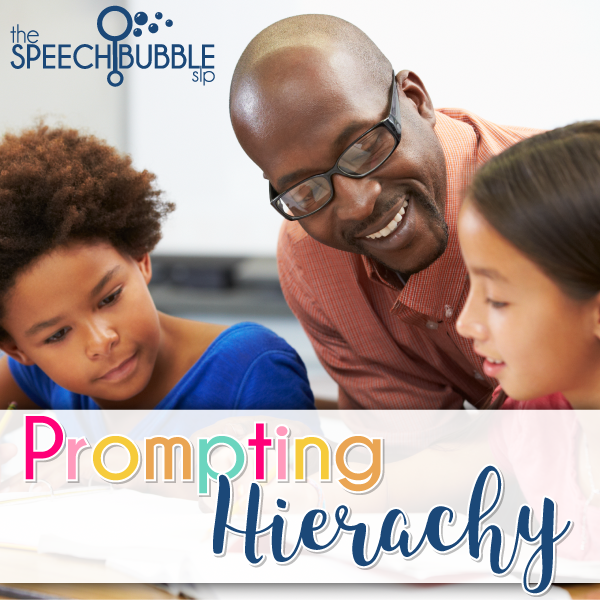
We all know feedback is important during therapy sessions. It helps to give our students the necessary guidance to perfect those speech sounds and adjust their way of linguistically thinking.
There are several types of feedback: recasting, expansion, cueing hierarchy, and what I call directional feedback.
Recasting is when you repeat an incorrect phrase in the corrected way. Student:” He goed to the store.” SLP: ” Yes, he went to the store.”
Expansion is when you repeat the child’s production while adding to the context or complexity of the phrase. Student: ” He went to the store.” SLP: ” Yes, he went to the store in his car.”
Cueing hierarchy is when you gradually increases the level of support until the child correctly produces the target. Student: ” He goed to the store. ” SLP: ” What? He goed to the store?” Student: ” Yea.” SLP: ” He went to the store. Now, you tell me. Where did he go?” Student: ” He went to the store.”
Directional feedback is just the term I’m using here because, well, I have to call it something. This is what I am calling the traditional feedback we use when we are working with our articulation students. They produce the target incorrectly and we give direction on how they did and necessary adjustments. “Oops, that was /g/. Let’s try it again with your voice off.” ” You almost had it, remember to pull your tongue back.” This is the kind of feedback that I feel is the toughest to deliver. You are telling the child they are wrong, they missed, they didn’t get it right. That is a tough blow for anyone to hear but when you saying it anywhere from 10-50 times in a session it is downright defeating, for everyone. No matter how much sunshine you pour on it, telling a kid who is trying that they got it wrong stinks.
Recently, I was introduced to a mindset shift in feedback and some new wording. Instead of all of the ‘ Oops, Almost, and Not Quite ‘ how about trying, ‘ That was the old way.’ Shifting your language from words that have a heavy correlation to the negative can have a positive impact on everyone. Suddenly, their production wasn’t ‘wrong’, it was just the old way of doing things. You can then add to that directional feedback by saying, “Let’s try it the new way. ” referring to the correct production placement or strategy you are targeting.
I can tell you that since I have adopted this new feedback phrasing I feel less like the bad guy during sessions and my kids don’t feel so defeated. I feel that using this new phrasing actually makes my feedback more meaningful and gives my kids more ownership.
So the next time you go to give feedback, try ‘the new way’. ?





















2 Responses
Such a simple adjustment, but effective. Thank you for the tip.
I love this, I also have a “target” that I reference to help my students see their progression during articulation therapy. The concentric circles toward the center of the target have feedback words to let them know they are getting closer to the “target sound.” I am happy to send it to you to post for free if you feel it would be helpful to others. Let me know how I can send it to you.